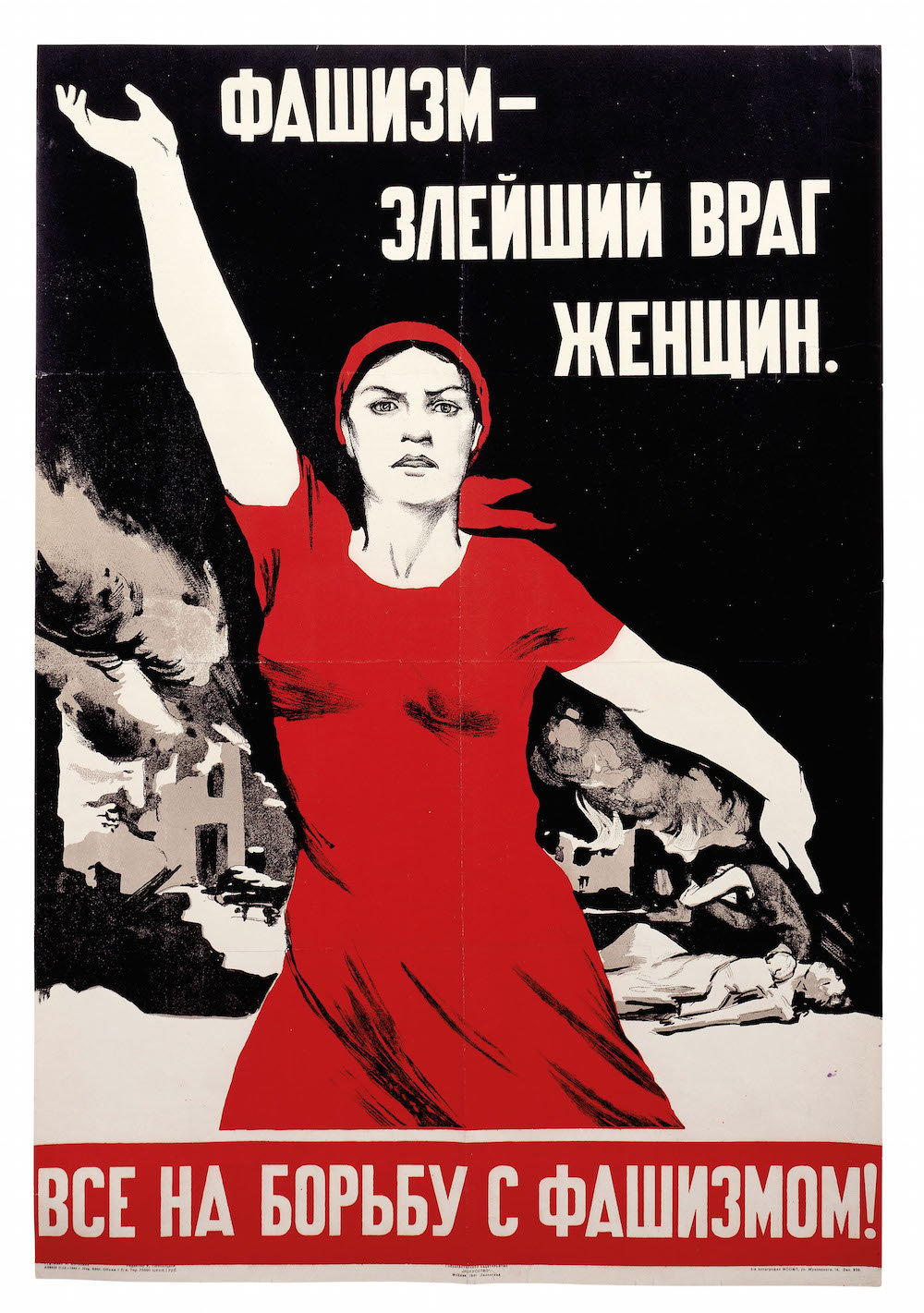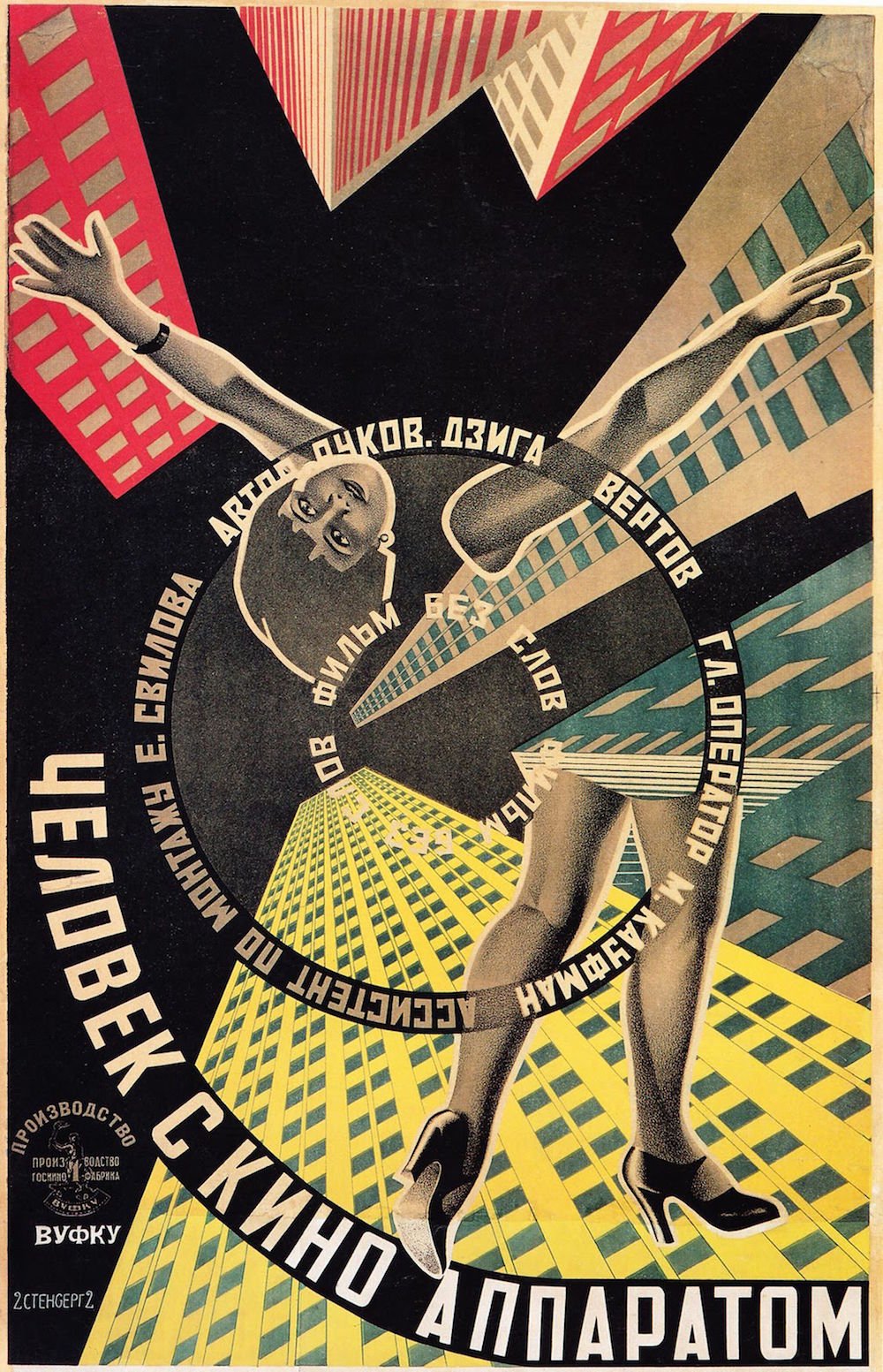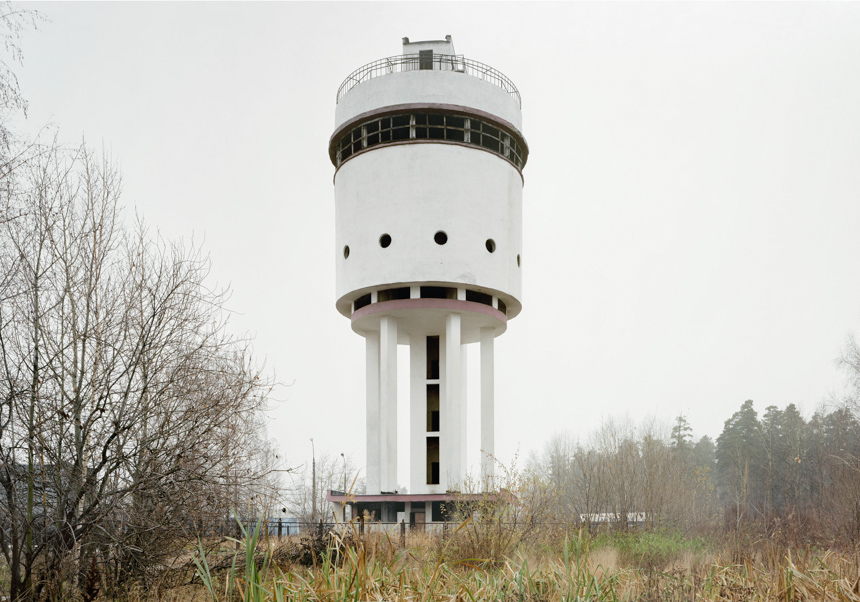Russian revolutionary art: is it time to reframe how we picture the past?
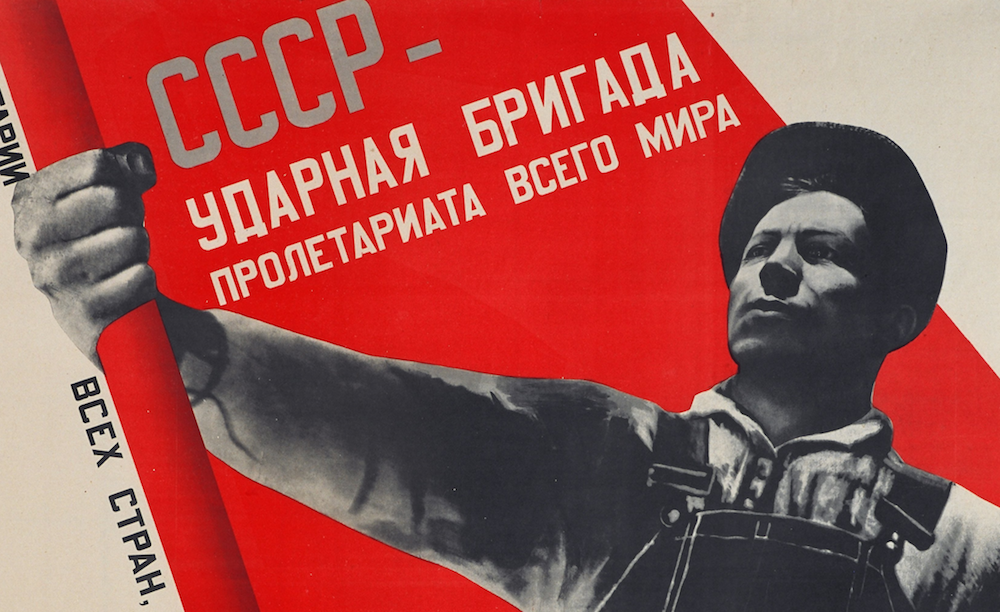
In the revolution's centenary year, the art inspired by 1917 can still surprise us - if we're willing to look beyond the obvious
When we look back at the Russian Revolution through the prism of art, what do we include, and what do we leave out? A century on, we cannot afford to rely on tired presumptions. A cursory look at the publicity for some upcoming marquee survey exhibitions inspired by the centenary – like the Royal Academy of the Arts’ Revolution: Russian Art 1917-1932, or MoMA’s A Revolutionary Impulse: The Rise of the Russian Avant-garde, or the National Gallery of Canada’s The Advent of Abstraction: Russia, 1914-1923 – gives you a sense of how the revolution is marketed to artistically literate western audiences.
The search for visuals that can be read as “revolutionary” – by audiences with varying levels of background knowledge – leads to a recapitulation of some classic early twentieth-century modernist tropes: striking, semi-abstract graphic design, severe reds, blacks and whites, perhaps some forceful iconography of strident peasants and workers. All of which is invigorating and attractive, yes, but is it enough?
While curators and publicists are (mercifully) not operating at “faux-Cyrillic script” levels of cliché, there is still something hackneyed about the artistic vocabulary used to denote the world-changing events of one hundred years ago. The Royal Academy promises a holy trinity of Kandinsky, Malevich, and Chagall; MoMA includes the graphicist El Lissitsky and the Cubo-Futurist painter Natalia Goncharova, while the National Gallery of Canada throws innovative architect Vladimir Tatlin into the mix. Elsewhere there are occasional references to cinematic pioneers like Sergei Eisenstein and Dziga Vertov.
As a long-suffering student of Russian culture, I think of these names as the “usual suspects”: the iconic, instantly recognisable artists behind the nation’s most well-known artistic exports. Of course, there is nothing inherently wrong with celebrating these figures; these are brilliant artists, many of them directly responsible for my love affair with Russia. But by bunching them together under banner of the “Revolution” we are participating in a strange act of elision.
After all, Kandinsky and Chagall spent most of their careers outside Russia; Malevich was a spiritualist before he was any kind of leftist; some of these figures survived the waves of violence that afflicted Russia in the decades after the revolution, and some didn’t. Some fell in line, others refused. A whole range of media is jumbled together. The constant focus on abstract art and minimalist design risks voiding our understanding of the period of the fierce, often violent political convictions that animated ordinary citizens and artists alike – the casual or non-Russophone viewer might be presented with 1920s films posters alongside propaganda images and presume them to be of a kind just because the graphic design seems similar. Would you want to confuse a poster for, say, Rogue One with a campaign ad for Jeremy Corbyn?
Chronologically speaking, most of the avant-garde artists now associated with October and beyond developed their sensibilities long before Lenin returned to Petrograd. Perhaps more importantly, this choice of avant-garde mainstays focuses attention almost entirely on art in the 1910s and 1920s, replicating the established narrative that the only worthwhile post-revolutionary Russian art came about in the few years before the Stalinist repression of the 1930s crushed creativity. This distinction, between the “true” avant-garde of the 1920s and the monolithic Stalinism of the 1930s and beyond, is one of the most persistent clichés surrounding Russian culture, and some of the most exciting art history and criticism of recent years has been concerned with disrupting precisely this binary. It’s surely not a coincidence that the Russian art which is so regularly lauded abroad is that which bears the closest resemblance to Western movements like De Stijl and Bauhaus; a reconsideration of the much-maligned “official” culture of Socialist Realism that came to dominate Soviet art is needed if we’re to overcome the narcissism of modernist universalism.
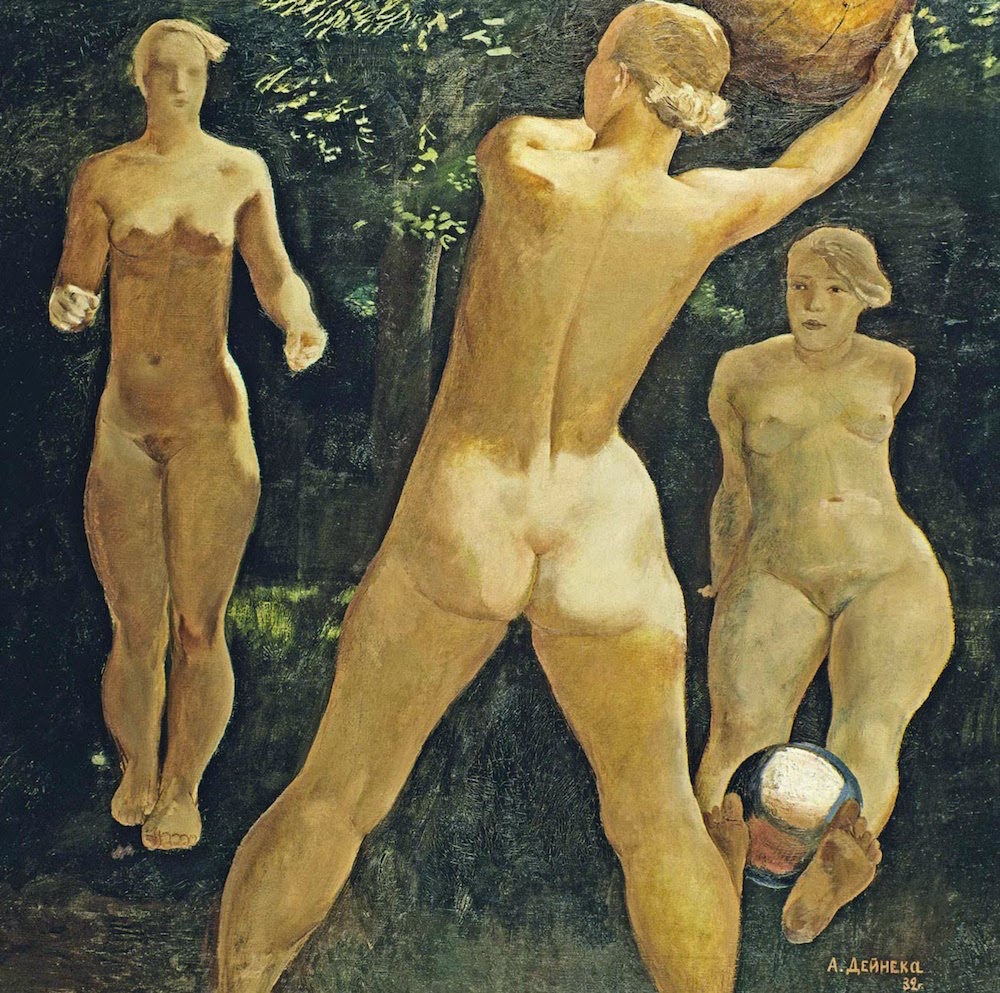
It doesn’t need to be this way, and we don’t even have to look far to find examples of more rigorous thinking. Tate Modern’s 2017 offering, Red Star over Russia, for instance, covers a fuller range of Russian modern art, from 1905 to the death of Stalin in 1953. What is more, the gallery closes the year with a retrospective of Ilya and Emilia Kabakov, ground-breaking Conceptualists of the post-Stalin period. Why not look into the experimental 1930s naturalism of unsung masters like Aleksandr Deineka or Aleksandr Samokhvalov? (And if that doesn’t take your fancy, you can always consume your revolutionary art in soft-core erotica format.)
We may scoff at the resurgent, buttoned-up cultural conservatism of Putin’s Russia, but all of us deal in tired certainties in some form or another. Even the president himself has remained ambiguous about how to mark the centenary, caught between the desire to lionise the Soviet empire and the need to reject the very notion of political “revolution”. After all these years, none of us are on firm ground. When visualising 1917, we should all remember that we’re dealing with a revolution, and try turning things on their heads for once.
To mark the centenary of the “ten days that shook the world”, Calvert 22 Foundation is hosting The Future Remains: Revisiting Revolution, a year-long season of events, exhibitions and discussions to uncover new perspectives on the events of 1917 and their consequences. Find out more information here.
.jpg)
.jpg)
